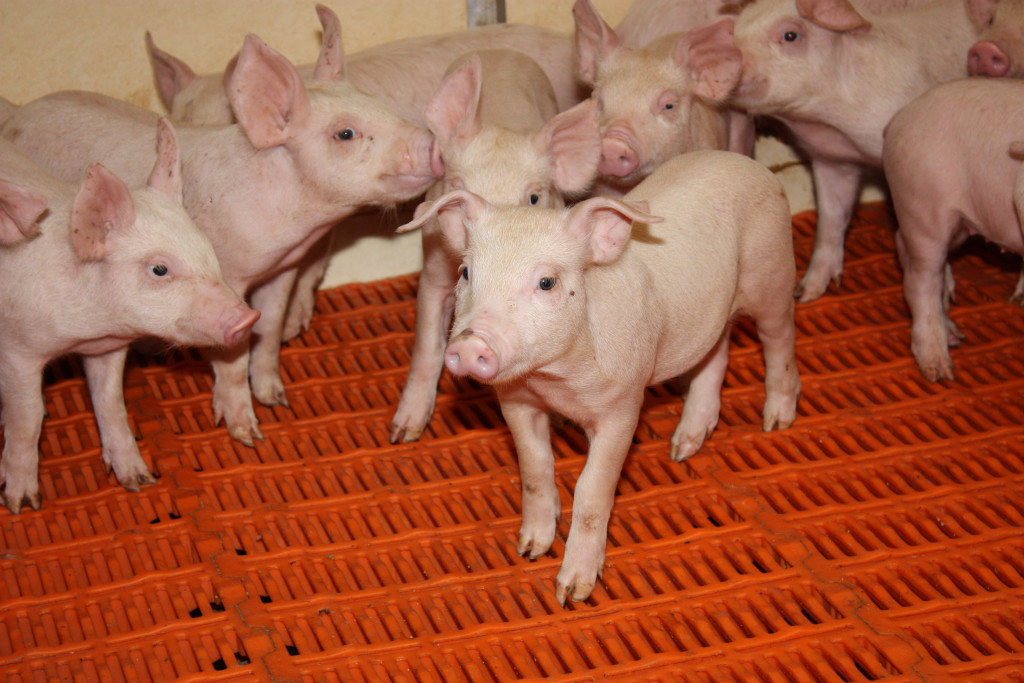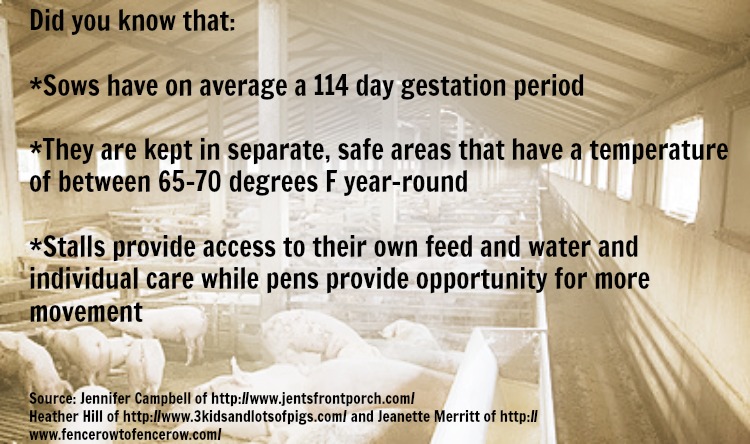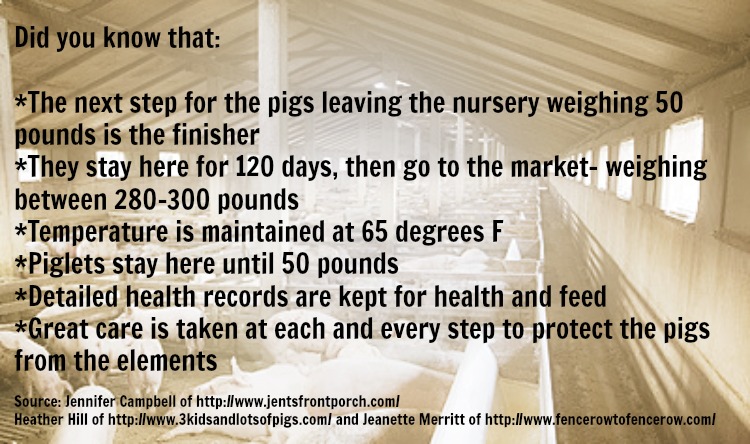Indiana Pork Facts for the Consumer- What we as the consumer need to know in order to appreciate all that goes into feeding our families!
This is not a sponsored post and like everything on Basilmomma.com, all opinions are my own. I was not compensated for this post, the photos or my time. As a parent and a consumer who teaches about family meal advocacy and educated choices, I felt like this was a good time to share a few Indiana pork facts. In addition to my research, I gathered information from Ask the Farmers, the USDA, Indiana Pork and the farmers cited in the graphics. I look forward to engaging in a civil conversation about Indiana pork, the choices we make to feed our families and ways we can support ALL Indiana farmers with our dollar.
I get asked a lot where I buy my meat, eggs and dairy. I think it is assumed that I buy directly from local farmers. Sometimes I do, depending on the season (farmers markets make this easy) but more often than not I buy from my local grocery store. Am I neglecting the local farmer? Not at all!
Did you know that much of the milk, eggs, beef, pork and chicken you buy at the grocery store was raised within 100 miles of your house?
Case in point: There is a dairy near my house Kelsay Farms. They supply milk for Dean’s and other dairy processors. It literally goes from the cow to the processor never having touched human hands. I can buy this locally and most likely when my son grabs that milk chug in the school lunch line he is drinking their milk. Want to know where your milk comes from? Click on WhereIsMyMilkFrom.com to find out.
The more you know…the more you can eat.
So, recently I had the opportunity to hear a presentation from three prominent pig farmers in Indiana and the information I learned was so valuable that I just knew I needed to share it with all of you. I have a large network of readers who are savvy consumers and they want to know where they should spend their hard earned dollar. Furthermore, I feel like farming as a vocation is both portrayed in an ‘Old McDonald’ like fashion by some and vilified by others. This drives me to learn more about where our food comes from and that all begins with knowing your farmer. All farmers, large and small, conventional or not.
Today I want to share a few Indiana pork facts through infographics. Through the three farmers I had a chance to speak to, I have gathered factoids about the life of a pig from birth to market. I think it is important to know that choices made by the farming community are not easy ones. This is not just a business. This is a 24/7/365 lifestyle. Caring for the land, that in many cases has been in their families for generations, so they have something to leave for their children. This is not an easy life, rather it is one of public servitude for what they raise, they raise to feed us. They take pride in their land and the Many Indiana farmers live on the farms they run and involve their spouses, extended family and children in the day-to-day business. These are people with college degrees and high levels of training in agri-science, technology, bio-security and business management.
Did you know that 93% of all Indiana farms are family owned? Of that remaining 7%, they are raising Indiana-exclusive products that feed the Hoosier state and beyond?
With all of the media attention these days on farm size, as a consumer I need to point out that to me– size doesn’t matter. To me, the important item of note is how the farm is managed. A huge family farm can be just as likely to be managed incorrectly as a small family farm. I have spent time on both large, corporate funded farms and smaller scale farms. It all boils down to how they are run.
In a country filled with processed food you get through a drive-thru (insert any chain restaurant name here), Nike shoes and Apple everything, I am not sure how large scale farming has suddenly become the ultimate evil. I get a measure of comfort in the checks and balances that all farmers have to go through to deliver a safe and healthy product to my family. I like the peace of mind knowing that each crumble of feed my animal eats can be traced back to the farmer who harvested it and the field it grew in. That there are meticulous records kept for each animal in regards to health and eating habits. That they are well cared for and sheltered in warm, clean barns. From what I have experienced in my brief time in large animal barns, they are warmer than my own house. With the weather we have had the last several days in Indiana, pigs who lived outdoors, and could seek shelter as they saw fit, would not be faring well.
How I choose to feed my family is my prerogative just like how you feed yours is solely up to you. But before you fall prey to fanaticism, internet conjecture and rumors- take a moment to talk to a farmer. Ask them questions. Do your homework. Ask your grocery store where they get their meat from. Better yet- learn to read a package. Do you live in Indiana? Chances are your bacon is from Indiana too. Read your label and find your source. Still have questions? Ask the Farmers.
I want you to remember that behind every Indiana farm is a family that chooses this life, feeds their own family the food they raise and they support both large and small farm operations. Organic and conventional. Because they realize that to feed our future population we need the help of everyone of every size. I for one am happy that we even have these choices. I feel, and this is my opinion, that consumers have so many ways to spend their money these days. I just hope they spend based on how they feel and not by how people tell them they should feel.
A few Indiana Pork Facts:
I would like to thank Jeanette Merritt, Heather Hill, Jennifer Campbell and Sarah Ford for their time and input.
Please leave your (civil) comments below- I want to hear from you!










